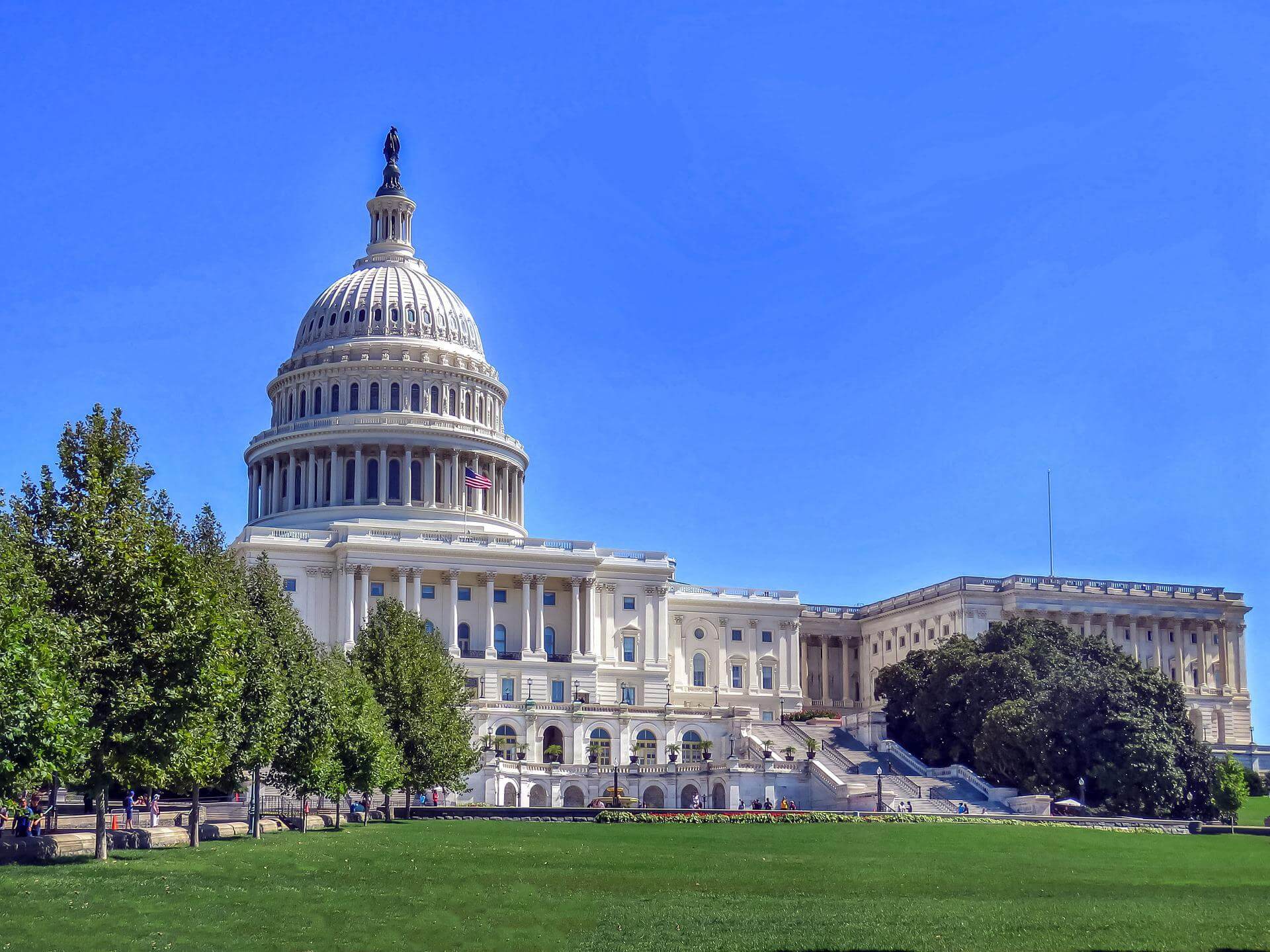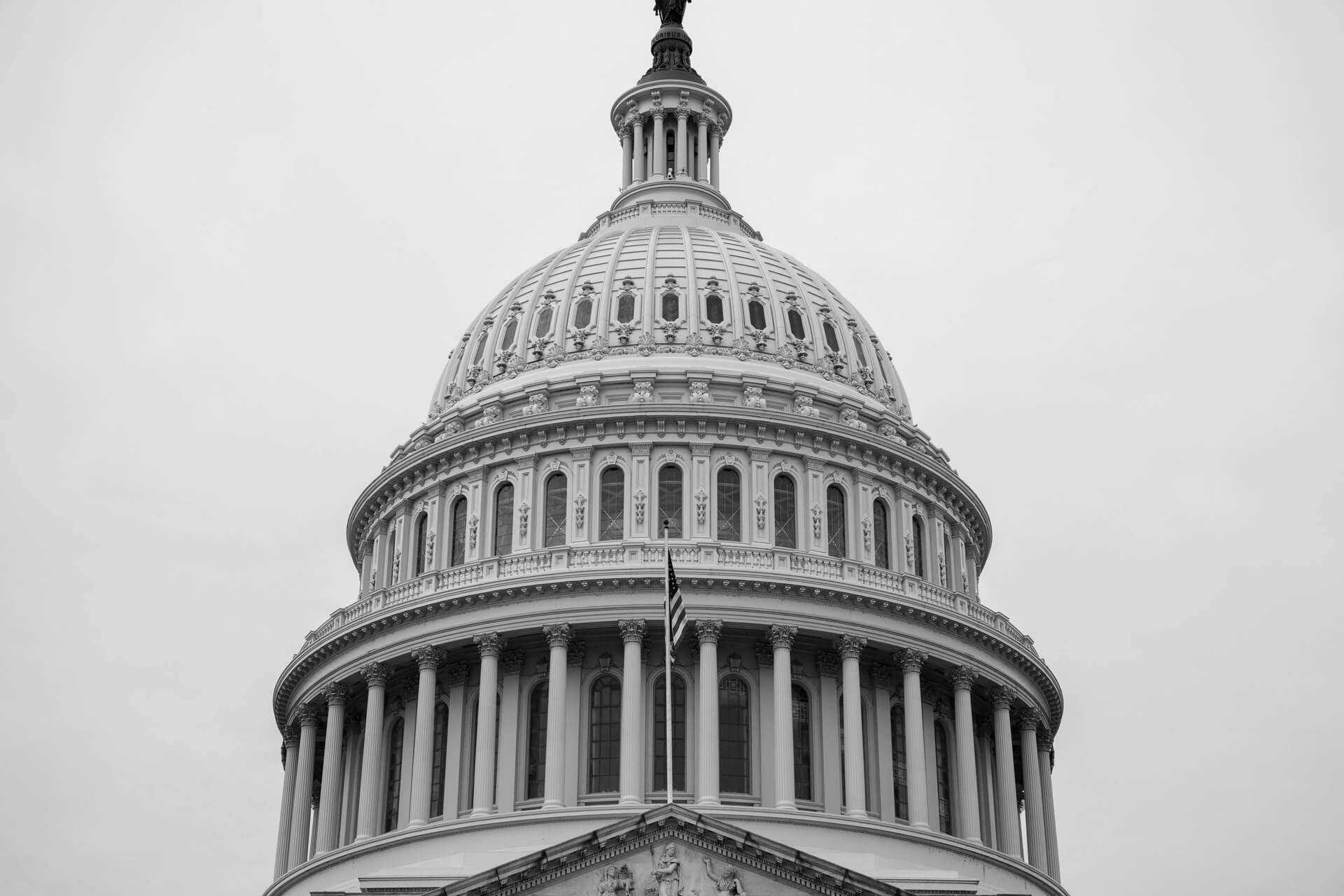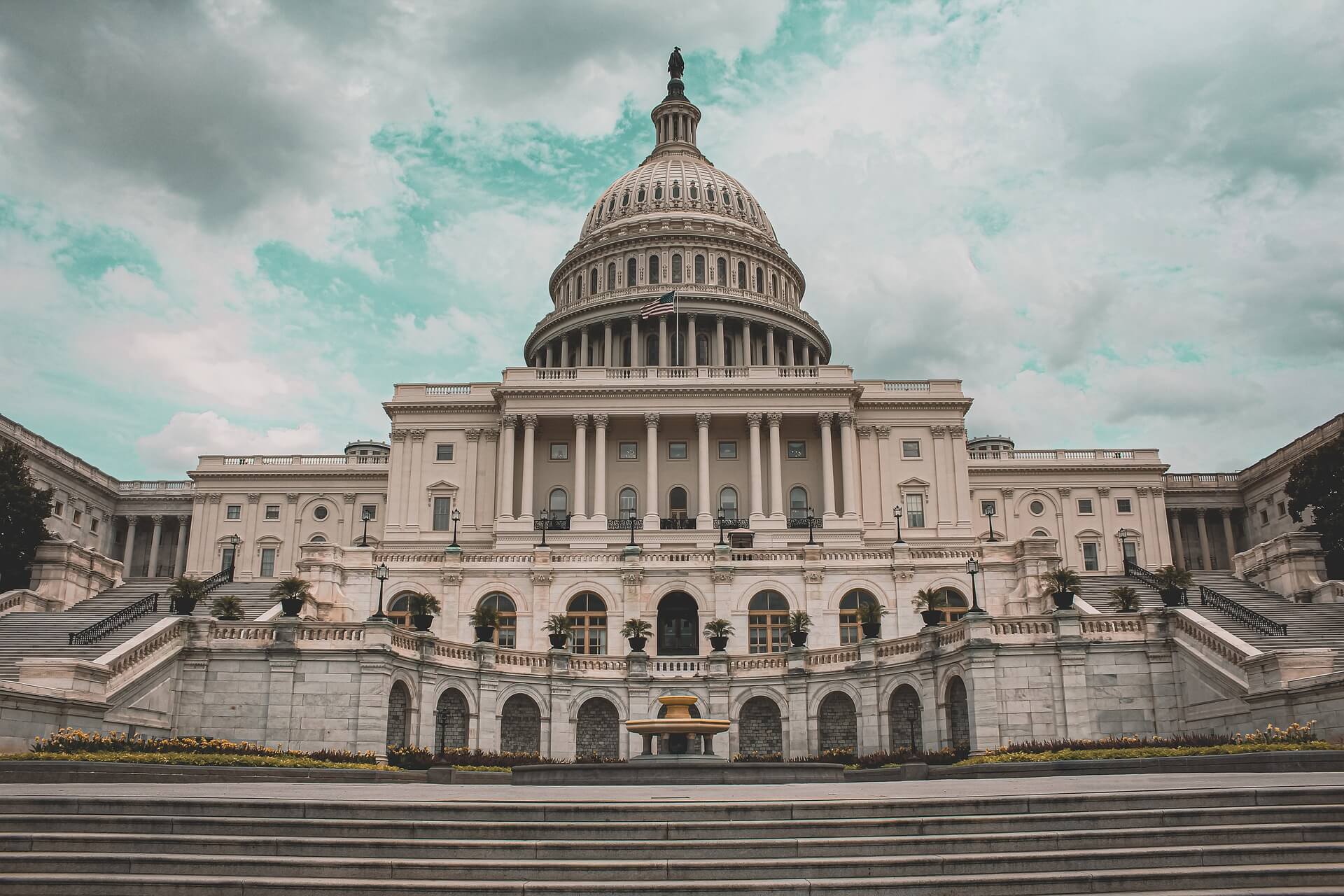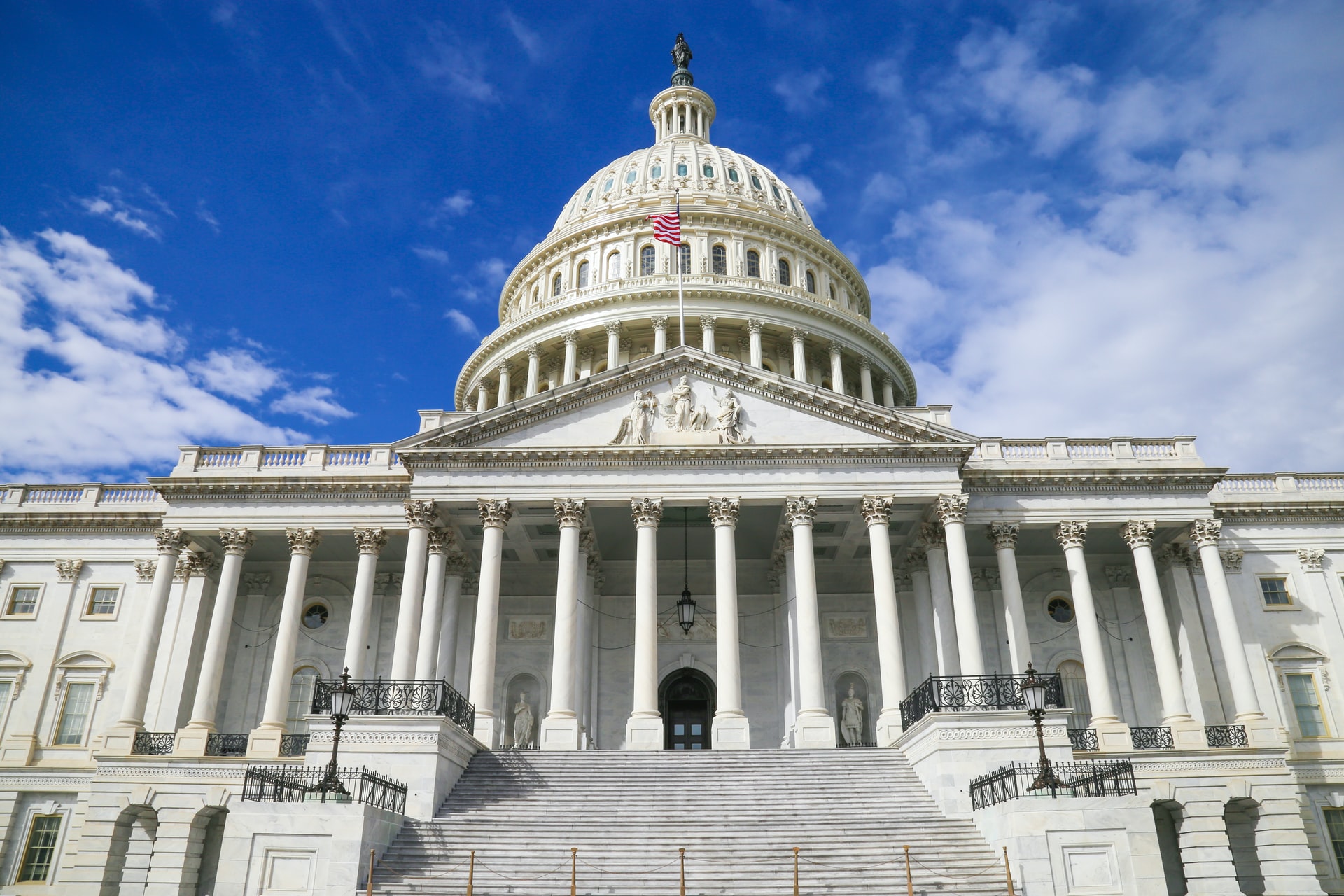KRG Hospitality Makes First Addition to Team for 2023

Jared Boller joins the KRG Hospitality team, serving as the agency’s in-house beverage educator, trainer, and menu developer.
TORONTO, ONTARIO—Today, KRG Hospitality is delighted to announce a new addition to their team. Jared Boller, a professional mixologist with two decades of experience, will be available to the agency’s clients for beverage menu development and training. He’ll serve as KRG’s master mixologist for North America.
Boller’s creativity, passion, and humility as a professional mixologist have led him on a journey around the globe. He has established himself as an industry leader, developing award-winning beverage programs in restaurants, bars, hotels, and casinos in several markets, including Denver, New York, Florida, Toronto. Throughout his career, Boller has won several cocktail competitions, educated teams for brands and industry organizations, and appeared in numerous publications.
“Restaurants, bars, hotels, and hospitality are in dire need of not only great employees but educated employees who can execute an owner’s vision,” says Boller. “I look forward to the next stage of my hospitality career with KRG, helping to inspire the future generations in everything related to beverage. My life’s journey has led me to the perfect opportunity with the team at KRG to collectively build future and existing brands.”
Additionally, he was the featured guest on episode 12 of the Bar Hacks podcast. People curious to learn more about Boller can listen to his Bar Hacks episode on Spotify, Apple Podcasts, and Google Podcasts.
With a growing list of accolades and numerous publications to his name, Boller most recently spent three years as the national whiskey ambassador for Proximo spirits. He prides himself on educating consumers and future bartenders on artistry behind the bar and providing history lessons to everyone that will listen. Boller is eager to share his extensive knowledge of spirits, cocktails, menu development, beverage innovation, and service.
“It’s an exciting time for KRG Hospitality, adding to the team just days into 2023,” says David Klemt, director of business development at KRG. “With Jared on the team our beverage programming, menu development and curation, training, and consulting will be even stronger. I know we’re all looking forward to our clients having the opportunity to work with Jared.”
About KRG Hospitality
KRG Hospitality is a storied and respected agency with proven success over the past decade, delivering exceptional and award-winning concepts throughout a variety of markets found within Canada, the United States, and abroad since 2009. Specializing in startups, KRG is known for originality and innovation, rejecting cookie-cutter approaches to client projects. The agency provides clients with a clear framework tailored to their specific projects, helping to realize their vision for a scalable, sustainable, profitable, memorable, and consistent business. Learn more at KRGHospitality.com. Connect with KRG Hospitality and the Bar Hacks podcast on social: KRG Twitter, Bar Hacks Twitter, KRG Media Twitter, KRG LinkedIn.
Image: KRG Hospitality








